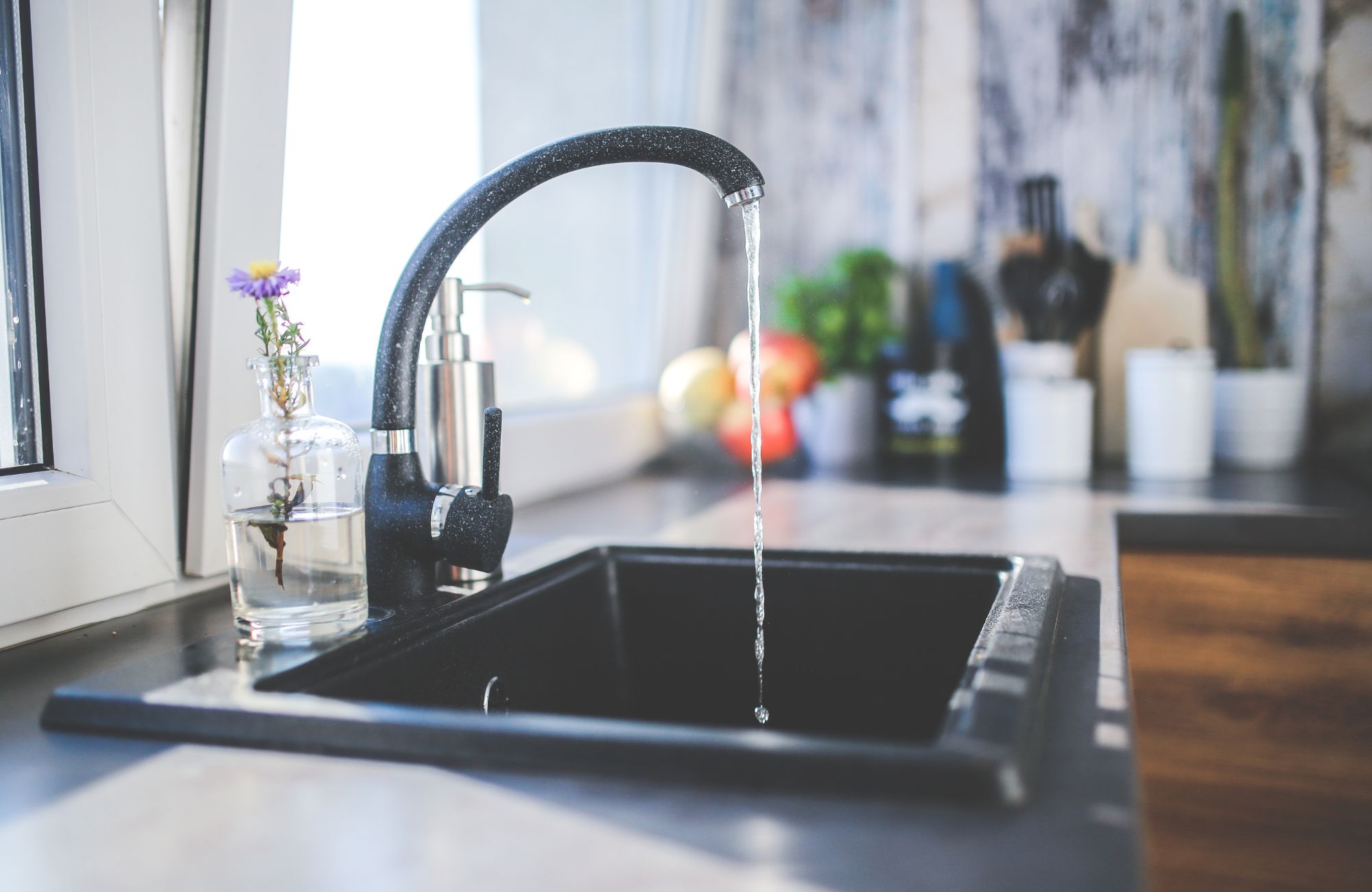
How Does a Well Work? A Complete Guide to Water Wells
A reliable water supply is essential for daily life, and for millions of people, a private well provides clean and consistent access to groundwater. Unlike municipal water systems that rely on large-scale infrastructure, private wells tap directly into underground aquifers, delivering water straight to homes. But how does a well work, and what keeps it running smoothly over time?
Understanding well systems is crucial for homeowners, whether you rely on well water or are considering installing a private well. In this guide, we’ll explore the different types of wells, their components, how water reaches the surface, and how to maintain a well to ensure water safety and quality.
What Is a Well?
A well is a hole dug deep into the ground to access groundwater stored in natural aquifers. These underground water sources collect rainwater that filters through soil, sand, and rock layers, making it naturally purified. Unlike city water, which is treated and delivered through municipal water systems, private water wells provide direct access to a home’s water source.
Why Do People Use Wells?
- Independence from city water: Private wells eliminate reliance on municipal water and fluctuating water bills.
- Naturally filtered water: Groundwater is often free from added chemicals used in city water treatment.
- Sustainability: Wells utilize the natural water cycle, replenishing through rainwater and underground flow.
Types of Wells and Their Differences
Not all wells function the same way. The type of well determines how deep it is, how it accesses water, and its vulnerability to contamination from a contaminated well.
Dug Wells
Dug wells are the oldest and simplest form of water wells. Traditionally, they were excavated by hand and lined with stones, gravel or bricks to prevent collapse.
- Typically shallow, reaching depths of 10 to 30 feet.
- Prone to contamination due to exposure to surface contaminants like bacteria and sediment.
- Often require a water softener or filtration system to remove impurities.
Driven Wells
Driven wells use a pipe that is driven into the ground to access groundwater from an aquifer.
- Generally deeper than dug wells, reaching 30 to 50 feet.
- More resistant to contamination, but still vulnerable to surface pollutants.
- Common in areas with loose soil or sand layers.
Drilled Wells
Drilled wells are modern wells created using rotary or percussion drilling methods, allowing them to reach hundreds of feet deep.
- Most reliable and durable due to deep access to groundwater.
- Less affected by seasonal water table fluctuations.
- Equipped with well casing and well cap to protect against contamination.
How Does a Well Work?
A well system consists of several essential components that work together to deliver safe, clean water to your home.
The Well Drilling Process
- A drilling rig creates a hole deep into the earth, reaching the aquifer.
- A well casing is installed to protect the well shaft from collapse and contamination.
- A well screen is fitted at the bottom to filter out sand and debris.
- A submersible pump or jet pump is installed to bring water to the surface.
Key Components of a Well System
To ensure a continuous water supply, a well water system relies on several key parts:
- Well Casing: A pipe structure that supports the well and prevents dirt and contaminants from entering.
- Well Cap: Seals the well opening to protect against debris, pests, and contamination.
- Well Screen: A filter that keeps sediment and other contaminants from entering the well system.
- Submersible Pump or Jet Pump: Extracts water and delivers it to the home.
- Pressure Tank: Regulates water pressure for smooth distribution.
- Check Valve: Prevents water from flowing backward into the well.
How Water Is Pumped from a Well
Once a well is installed, the next step is drawing water from the aquifer to the home.
- Submersible pumps sit inside the well casing and push water to the surface.
- Jet pumps create suction to pull water upward, commonly used in shallower wells.
- The pressure tank ensures even water flow and prevents overworking the pump.
- Water moves through the plumbing system to supply faucets, showers, and appliances.
Well Maintenance & Water Quality Testing
Proper well maintenance ensures long-term functionality and clean drinking water. Regular inspections, repairs and water testing are essential.
Routine Well Maintenance
- Inspect the well cap and casing for cracks or damage.
- Check the pressure tank for consistent water pressure.
- Monitor for changes in water clarity, taste, or odor.
- Keep the area around the well clean and free of contaminants.
Water Quality Testing
- Test for bacteria, nitrates, and heavy metals at least once a year.
- If you notice strange odors, discoloration, or sediment, conduct additional testing.
- Use a certified water testing lab for accurate results.
Common Well Problems & Troubleshooting
Even well-maintained systems can experience issues over time. Here are some common problems and their solutions:
- Low Water Pressure: Check for clogged filters or failing pressure tanks.
- Well Pump Failure: Listen for unusual noises or sudden pressure drops.
- Water Contamination: Address bacterial growth with water filtration or disinfection.
- Drought Effects: Monitor seasonal water table levels and reduce water use.
Conclusion: How Does a Well Work
Understanding how a well works is essential for homeowners relying on private well water. Regular maintenance, water testing, and knowing how water works and how to troubleshoot problems can ensure clean and safe drinking water for years to come. If you’re considering installing a well or need professional servicing, consult an experienced well contractor to maintain water quality and system efficiency.
If you rely on well water, ensuring your system runs efficiently is crucial for clean, safe drinking water. Prestige Water Group provides expert well installation, maintenance, and water quality testing across New Jersey. Our licensed professionals are ready to help keep your well in top condition. Call (973) 227-4740 or email info@pwgroupnj.com to schedule a consultation. Visit our website to learn more about our well services and water treatment solutions.
FAQs
How do wells work step by step?
A well works by accessing groundwater through a drilled hole in the earth. A casing is installed to stabilize the well, and a pump is used to draw water to the surface. The pressure tank maintains consistent water pressure, allowing the water to flow smoothly through the house and plumbing systems and reach taps, showers, and appliances.
How does a well not run out of water?
A well replenishes naturally through aquifer recharge, which occurs when rainwater and underground water movement refill the water source. Proper well depth and location play crucial roles in preventing water shortages. Regular monitoring and conservation efforts also help sustain the health of the water supply.
How does a well keep water in it?
A well retains water because it taps into an underground saturated layer of rock and soil that naturally stores groundwater. The iron well casing and screen prevent the water from seeping out while still allowing it to flow into the system for extraction.
What is the function of a well?
The primary function of a well is to provide a steady and reliable water supply by accessing groundwater. It ensures an independent source of clean water for drinking, cooking, and household use, particularly in rural areas where municipal water systems are unavailable.
